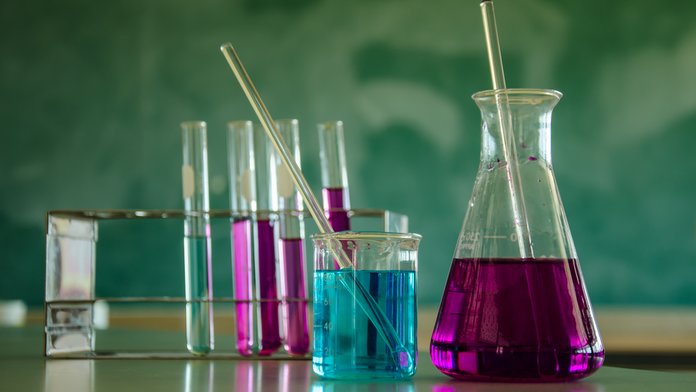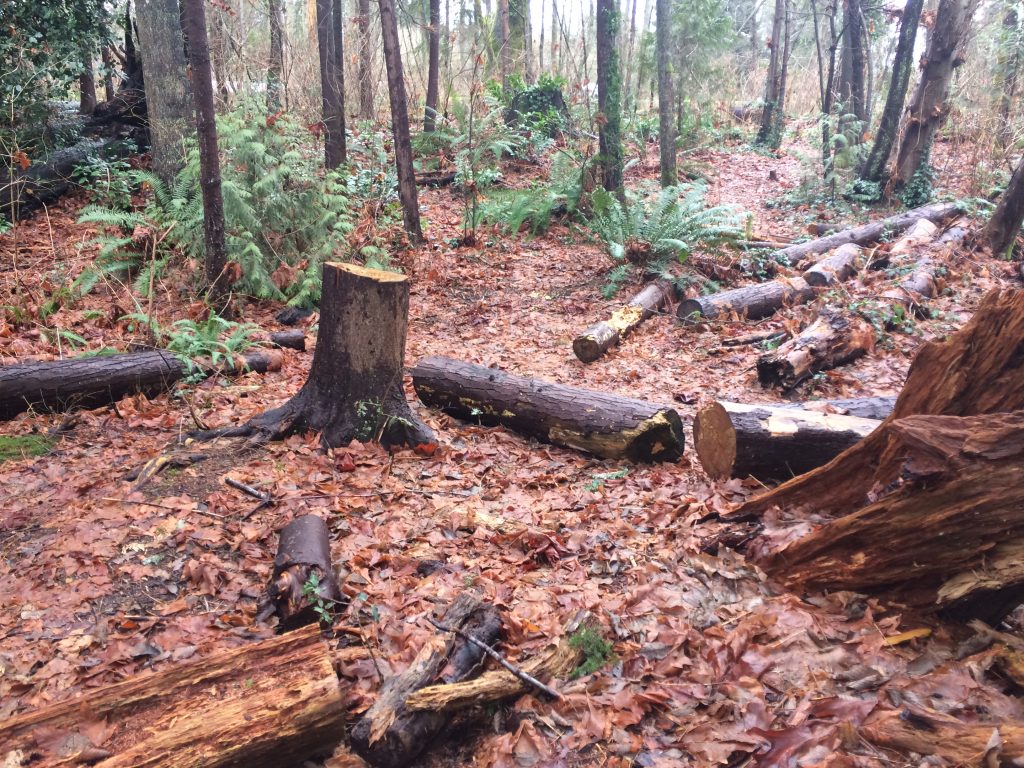In science we have been learning all about balanced chemical equations and reactions. In this unit we got to design our own chemical reaction experiment.
For the project this term our task was to design a chemical reaction experiment that clearly identified the presence of a element or compound in an object, material or mixture. The question we had to answer was,
How can chemical reactions be used to identify the unknown composition of an object?
This was a partner project, I was working with Alex. The criteria for this chemical reaction was pretty open. We could choose any chemical reaction, it just had to identify the unknown composition of an object.
After some brainstorming and discussion, we decided on testing soil samples around North Vancouver. With these samples we were going to test for the PH level in the soil, to test if it is basic or acidic. We discovered that using cabbage juice as a indicator with water will turn the soil water either, red (acidic) or blue (basic).
Inquiry question:
How can we test soils if they are acidic or basic in the area ( North Shore) and what patterns will occur?
Hypothesis:
We predict down by the water the soil will be more acid since there is more pollution down by the water, while areas with higher elevations or forest will be less acidic and more basic.
For this idea we needed to decided where we were going to collect soil samples from. I really wanted to collect from Mt.Seymour and the ocean to see if there is a different PH level with evaluation.
However, this wasn’t going to work with all the snow Mt.Seymour has had this season, we would have to dig A LOT to find soil. Instead we just collected samples from around the area.
The places we collected samples from:
Cates park
Myrtle park
Lynn Valley
Lonsdale
Blue Ridge
McCartney Creek park
In each location, we collected around a cup of soil and we also took pictures of the environment around the sample. We took pictures of the plants growing around and a closeup. of the leaves. This was so we could detect if the PH level of the soil affected the leaf colour.
To prepare for this experiment we needed to bring in materials into school. Alex brought in jam jars to keep the soil in. I made the cabbage juice at home by boiling water with half a cabbage and I poured it into a water bottle so I could bring it into school. The cabbage juice smelt so bad!!!
We also created a poster for a visual of our project. In the middle is a map of North Vancouver with string attaching photos of the locations we collected the soil from. After the experiment we wrote down all of the results of what the PH level was.
We did our experiment in front of the class. We got all of our soil samples and put them into beakers so we could measure the amount of soil, water and cabbage juice in order to keep the variables equal.
Here is our experiment in front of the class:
Conclusion:
The results of our soil samples were pretty balanced, there was a good mixture of acidic and basic results. We concluded with our experiment that the soil samples that were closer the the ocean are more basic and the samples from a higher evaluation were more acidic and are part of the alkali family. This is not what we predicted. Our hypothesis was that the samples from the ocean were going to be more acid because of pollution in the water. A possible reason our results was the soil was more acidic with elevation could be because of limestone and the water running through the stone on the mountains. Lime water is very acid and the water flows down the mountains causing the soil to be acidic.
Overall we did pretty good on the project. We didn’t have to do any revisions. The aspect of the project that we struggled on was the presentation. We didn’t fully explain the chemical reaction happening. However the experiment worked and we got some decent results. From this project I learned a lot more about chemical reactions and I learned about the PH level of soil in North Vancouver which is pretty interesting. I also learned what you can use as an indicator, before this project, I didn’t know red cabbage juice could be used as an indicator!








